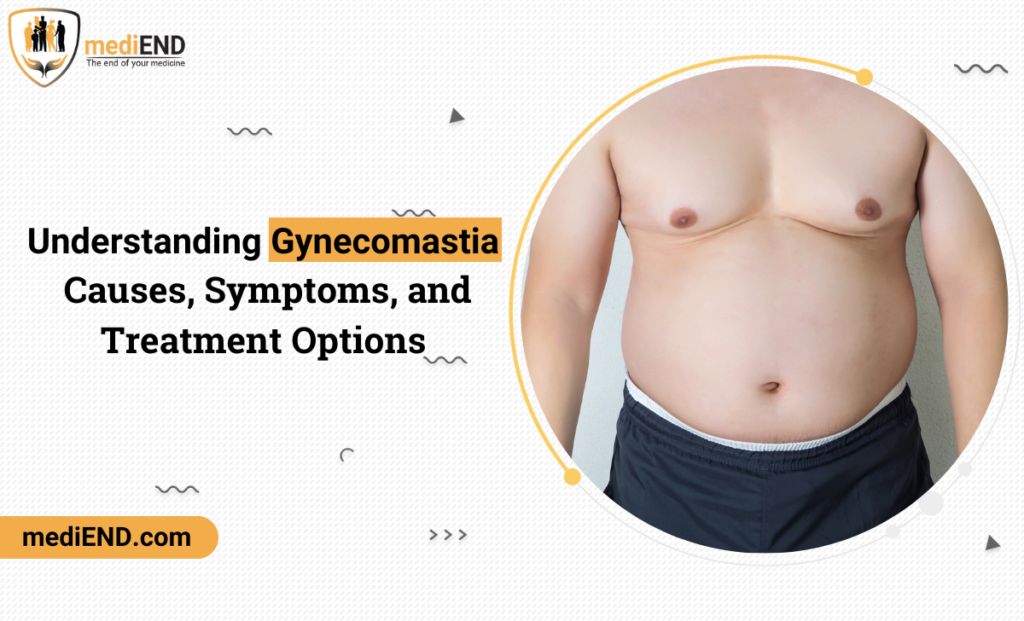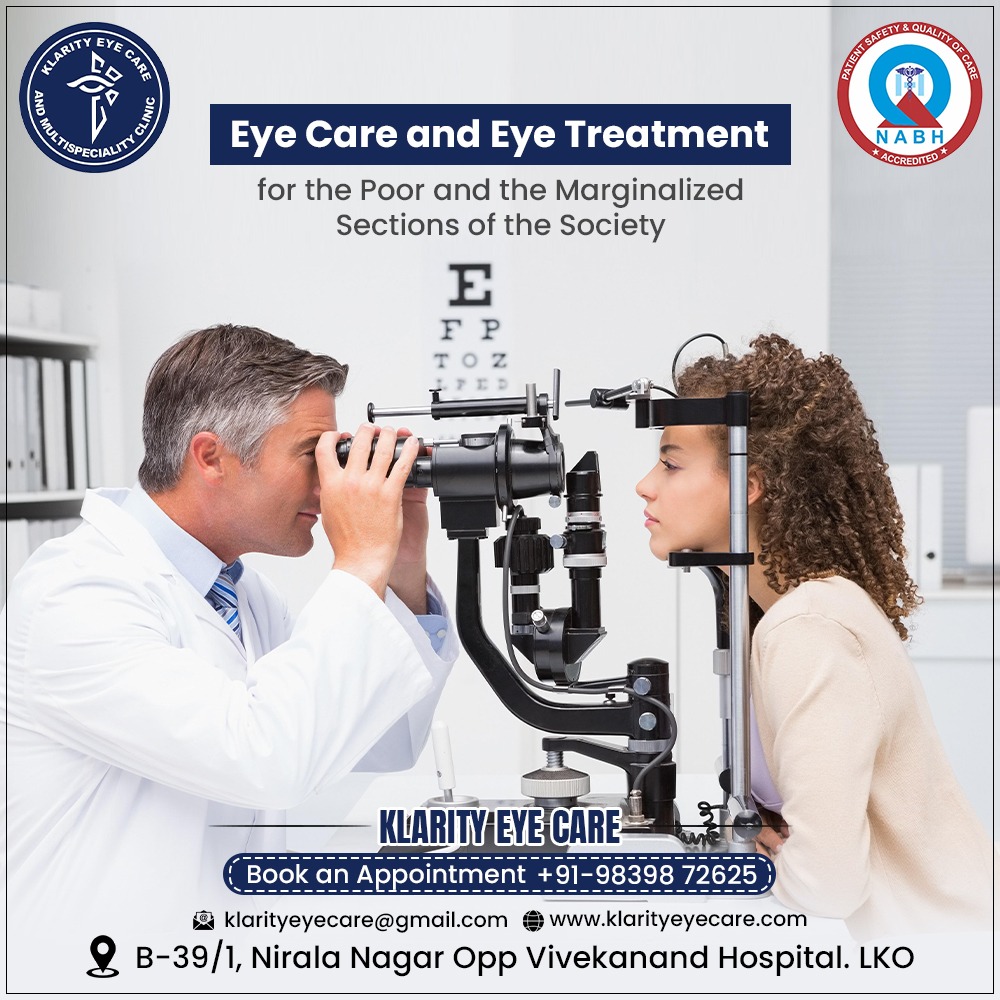Post-Traumatic Stress Disorder (PTSD) is a mental health condition that affects millions of people worldwide. Often misunderstood, it develops as a response to experiencing or witnessing a traumatic event. While PTSD is heavily associated with veterans and combat-related experiences, it extends far beyond that, impacting people from all walks of life.
This blog aims to shed light on PTSD, its symptoms, causes, and treatment options while addressing crucial aspects, such as how PTSD affects individuals differently and how to seek help. By the end of this article, you’ll have a deeper understanding of the disorder and the importance of breaking the stigma surrounding mental health.
What is PTSD?
PTSD stands for Post-Traumatic Stress Disorder, a condition that arises when someone experiences or witnesses a shocking, distressing, or life-threatening event. While it’s normal to feel temporary fear and anxiety after trauma, PTSD Post-Traumatic Stress Disorder involves prolonged symptoms that disrupt a person’s daily life and relationships.
Symptoms of PTSD typically emerge within the first three months post-trauma, although they may take years to surface. Common symptoms include:
- Flashbacks or intrusive memories of the traumatic event
- Nightmares and sleep disturbances
- Avoidance of people, places, or things associated with the event
- Feelings of detachment or emotional numbness
- Hyperarousal, such as being easily startled or continuously on edge
PTSD does not discriminate; it can affect anyone at any age. Research shows that around 7-8% of people will experience PTSD at some point in their lifetime.
Combat Veterans and PTSD
Combat-related PTSD is one of the most recognized forms of the disorder. Veterans, due to their exposure to war and high-stress environments, have a higher likelihood of developing PTSD. The constant threat to life, visual exposure to traumatic injuries, and loss of fellow soldiers can leave long-term psychological scars. Programs and organizations like the Department of Veterans Affairs (VA) have been invaluable in offering targeted support for veterans.
Understanding the Causes of PTSD
PTSD stems from various traumatic experiences, which may include:
- Combat and Warfare
Exposure to gunfire, bombings, and other warfare dynamics make military personnel especially vulnerable.
- Sexual or Physical Assault
Assault survivors frequently develop PTSD, especially if the trauma is compounded by feelings of helplessness or shame.
- Natural Disasters
Earthquakes, tsunamis, and other natural disasters often result in PTSD among survivors.
- Childhood Abuse
Neglect or abuse faced during one’s formative years significantly increases the likelihood of PTSD later in life.
- Accidents or Sudden Trauma
Car crashes or witnessing an unexpected death can trigger PTSD.
Not everyone who experiences trauma will develop PTSD. Genetic predispositions and individual coping mechanisms play a significant role. For example, people with strong emotional support are often better equipped to handle trauma.
Coping with PTSD
People living with PTSD may feel like they’re trapped in a never-ending cycle of fear and anxiety, but recovery is attainable. Here are some effective strategies for coping with PTSD:
Therapy Options
- Cognitive Behavioral Therapy (CBT)
CBT helps patients identify negative thought patterns associated with trauma and replace them with healthier coping strategies.
- Exposure Therapy
This technique gradually helps patients confront their triggers in a safe environment, reducing the power the traumatic memories hold.
- Eye Movement Desensitization and Reprocessing (EMDR)
EMDR focuses on using guided eye movements to reduce the emotional impact of distressing memories.
Medication
Certain medications, such as antidepressants and anti-anxiety drugs, can help manage PTSD symptoms. However, they’re more effective when combined with therapy.
Self-Care Techniques
- Mindfulness Practices: Meditation and yoga have shown to significantly decrease symptoms of hyperarousal and emotional distress.
- Physical Activity: Exercise helps the body process cortisol, the stress hormone.
- Social Connection: Staying connected with loved ones offers emotional support and combats feelings of isolation.
Support Groups
Community-based support groups can provide a safe space for people to share their experiences and feel validated. Local mental health organizations and online forums ensure that help is accessible no matter where you are.
Women and PTSD
While PTSD may seem to affect men and women equally, research shows that women are twice as likely to be diagnosed with PTSD. Their trauma experiences often stem from assault, domestic violence, or childhood abuse. Symptoms also manifest slightly differently in women—they’re more prone to feeling emotional numbness or exhibiting avoidance behaviors. Specialized therapy groups, tailored specifically for women, can provide a safe and effective environment for healing.
PTSD in the Workplace
PTSD doesn’t confine itself to personal spaces—it can creep into every aspect of the sufferer’s life, including the workplace. Symptoms often affect focus, productivity, and the ability to work effectively as part of a team. Employers play a critical role in creating PTSD-friendly environments. Offering accommodations, such as flexible work schedules or sensitivity training for teams, can make a significant difference.
Misconceptions About PTSD
Misunderstanding PTSD perpetuates its stigma. Some common myths include:
- “PTSD only affects military personnel.” While veterans represent a significant demographic, PTSD can affect anyone who’s experienced trauma.
- “People with PTSD are violent or dangerous.” While hyperarousal can sometimes result in irritability, this stereotype is both damaging and unfounded.
- “PTSD resolves on its own.” Professional help is often necessary for recovery.
Breaking these misconceptions is essential to creating an informed and compassionate society.
Community and PTSD Support
Building supportive communities around those with PTSD lays the foundation for long-term recovery. Simple acts, like lending a listening ear, help sufferers feel seen, valued, and understood.
Early Intervention is Key
One of the critical steps in battling PTSD is early intervention. Recognizing symptoms early and seeking professional guidance significantly improves recovery outcomes. Don’t wait for symptoms to spiral—take control of your mental well-being today.
Finding the Right Help
If you or someone you know is struggling with PTSD,Post-Traumatic Stress Disorder there’s no shame in seeking professional help. Consider reaching out to licensed therapists or national mental health hotlines. Remember, healing is not linear, but with effective treatment and a strong support system, recovery is achievable.

